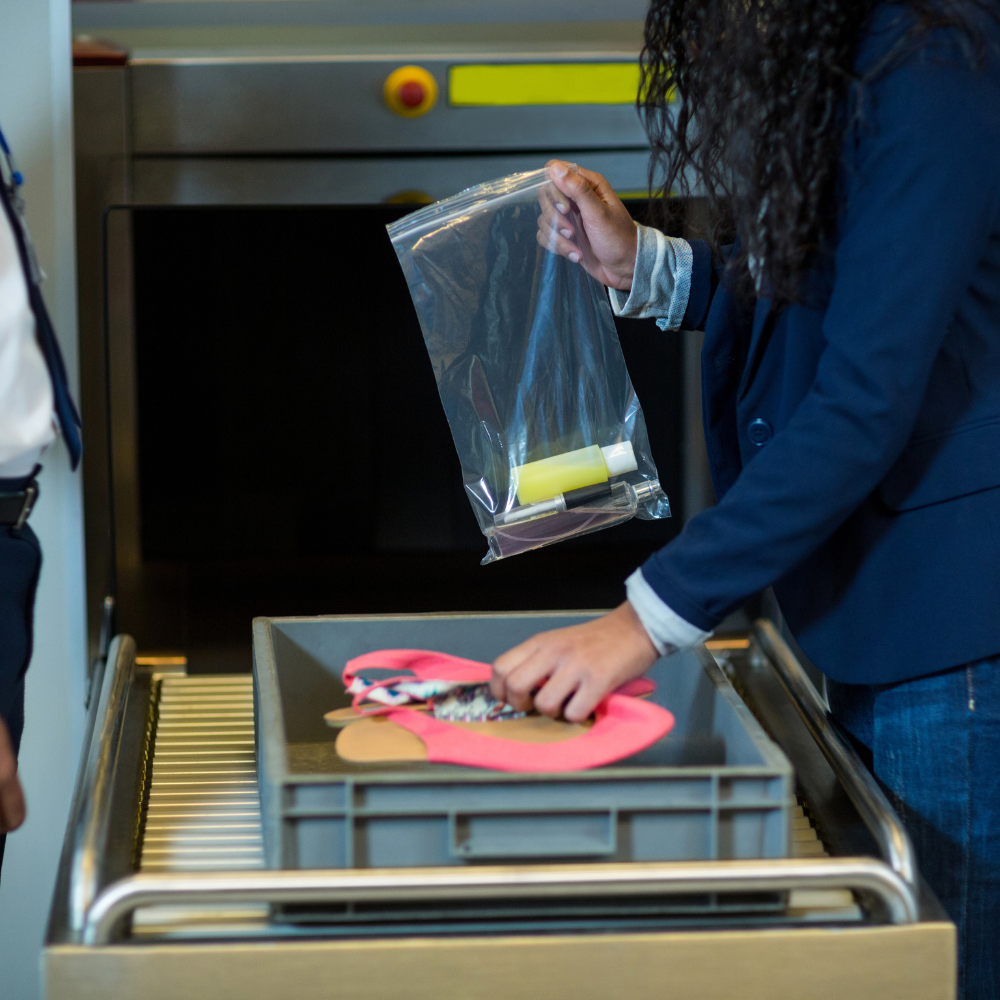
Passengers would have been terrified of the incident that befell Alaska Airlines Flight 1282 on Friday, but in the end, there were no significant injuries and the aircraft landed safely.
The incident transpired moments subsequent to the departure from Portland International Airport while the Boeing 737 Max 9 was in the ascending position.
A useless emergency exit door detonated, resulting in a significant perforation along the fuselage's side.
The aircraft experienced an abrupt reduction in cabin pressure due to the expulsion of air and the subsequent equilibration of the interior atmosphere with the thinner air outside.
This was mitigated by two significant factors. Before anything else, at this point in the flight, every passenger would have been secured in their seat with a seatbelt.
737 Max cruising altitude is approximately 38,000 feet. The pressure differential between the aircraft's interior and the surrounding atmosphere is significantly greater at this altitude. The abrupt airflow would have been considerably more lethal and destructive if the door had been blasted out, particularly if passengers were not secured in seatbelts.
The aircraft's interior temperature would have fallen considerably. Generally, the air at such altitudes is extremely frigid, at least -57C (-71F).
Crew and passengers would have been dependent on oxygen in an emergency. They would have rapidly lost consciousness in its absence.
A similar incident transpired in 2018 involving a Boeing 737 aircraft of an older model that was under the operation of Southwest Airlines. During takeoff from 32,000 feet, one of the compartment windows was shattered by debris caused by an engine failure.
Due to the abrupt decompression of the aircraft, a passenger was forcibly expelled in part through the window. Her demise was precipitated by the injuries she sustained.
Immediate concern in this instance is whether or not the events that transpired aboard Flight 1282 are replicable on other aircraft. The door under consideration is designed to be firmly fastened to the fuselage by means of four fasteners.
Given that the aircraft was only two months old, it is improbable that ordinary wear and tear played a significant role. For this reason, Alaska Airlines initially decided to suspend its 737 Max 9 fleet.
Similar to other regulatory bodies, the Federal Aviation Administration (FAA) of the United States grounded 171 aircraft temporarily to conduct inspections.
Mr. Atkinson speculated that it could be a manufacturing defect, a design flaw, or a combination of the two and alternatively, it might be something unidentified. Boeing is confronted with an additional challenge.
The incident involved a 737 Max, Boeing's latest workhorse. Airlines like the aircraft's fuel efficiency. However, its safety record has suffered.
Nearly identical accidents in late 2018 and early 2019 near Indonesia and outside Addis Ababa claimed two aircraft. Due to those events, the global 737 Max fleet was grounded for over eighteen months for repairs and safety inspections.
However, since the 737 Max resumed service, the programme has been plagued by a number of high-profile issues, such as quality control concerns and electrical malfunctions.
The number of reported aeroplane mishaps has also alarmed safety advocates. Boeing was accused of prioritising profit over passenger safety after the crashes.
Boeing says it is a separate company now. CEO David Calhoun has stressed the company's commitment to safety, quality, and honesty.



